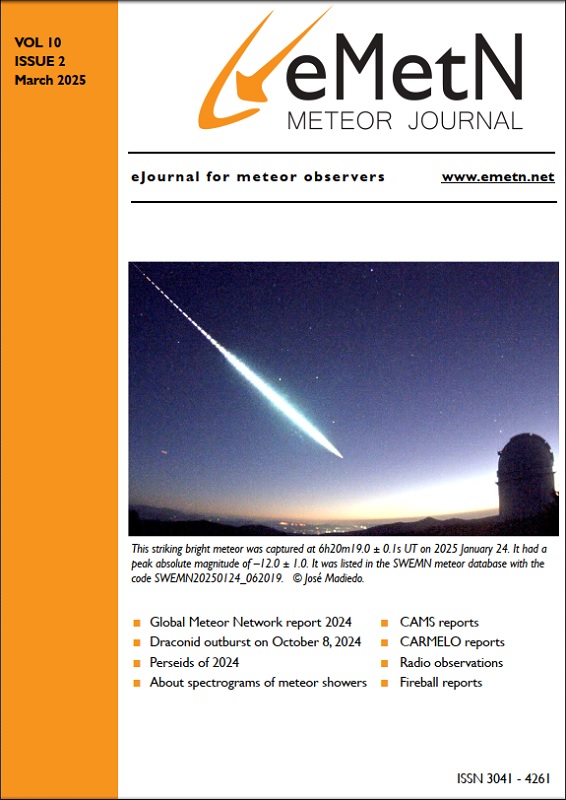Abstract: An overview of the radio observations during February 2025 is given.
The graphs show both the daily totals (Figure 1) and the hourly numbers (Figure 2) of “all” reflections counted automatically, and of manually counted “overdense” reflections, overdense reflections longer than 10 seconds and longer than 1 minute, as observed here at Kampenhout (BE) on the frequency of our VVS-beacon (49.99 MHz) during the month of February 2025.
The hourly numbers, for echoes shorter than 1 minute, are weighted averages derived from:

During this month, there were few interferences and no lightning activity was recorded.
Due to maintenance work on the beacon antenna, the beacon was switched off on February 8th from 09h32m to 14h10m UT. During this period, there were of course no observations on 49.99 MHz and data are missing.
Throughout the month, meteor activity, as every year, was quite low, with only a small increase in overdense reflections around February 5th.
However, quite strong solar flares were recorded almost daily, most of type III.
This month, 4 reflections longer than 1 minute were observed. You will find some interesting observations as well (Figures 3 to 8).
In addition to the usual graphs, you will also find the raw counts (subject to strict reservations as previously said) in cvs-format from which the graphs are derived. The table contains the following columns: day of the month, hour of the day, day + decimals, solar longitude (epoch J2000), counts of “all” reflections, overdense reflections, reflections longer than 10 seconds and reflections longer than 1 minute, the numbers being the observed reflections of the past hour.
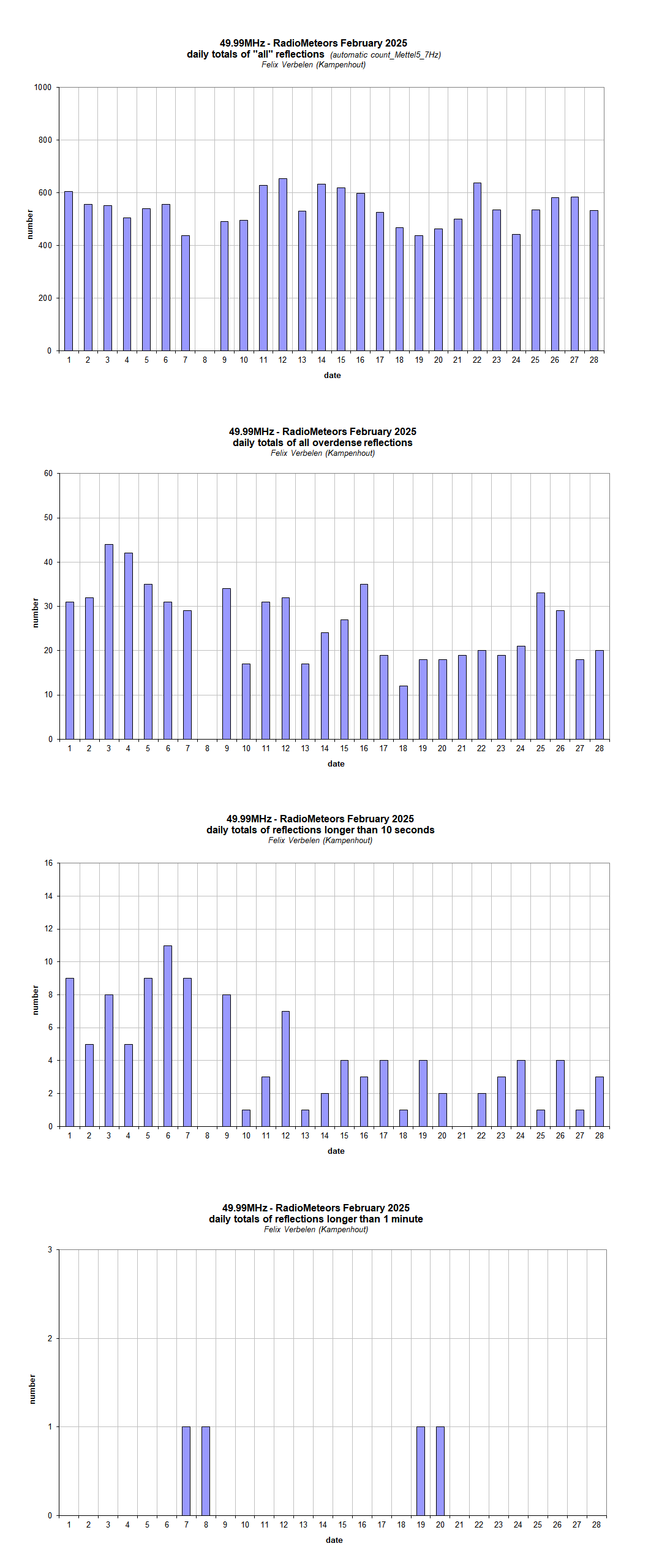
Figure 1 – The daily totals of “all” reflections counted automatically, and of manually counted “overdense” reflections, as observed here at Kampenhout (BE) on the frequency of our VVS-beacon (49.99 MHz) during February 2025.
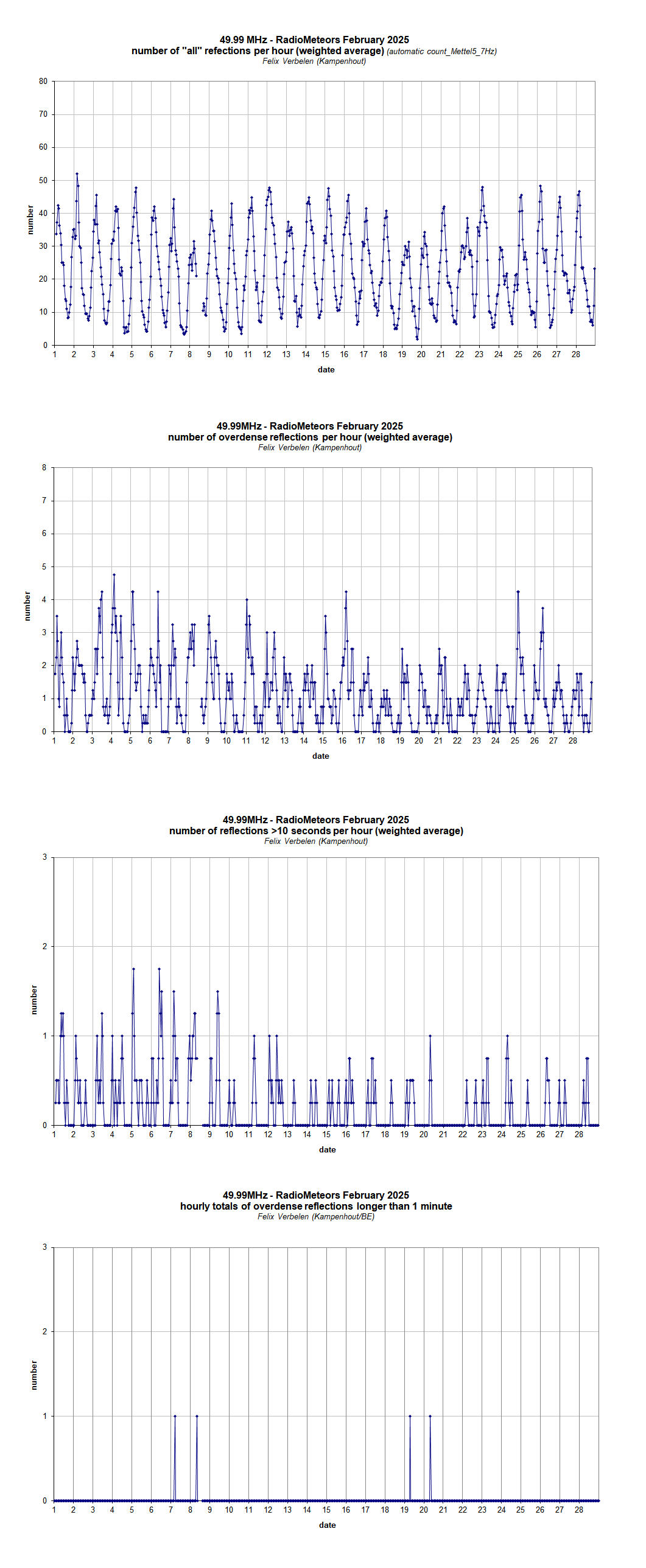
Figure 2 – The hourly numbers of “all” reflections counted automatically, and of manually counted “overdense” reflections, overdense reflections longer than 10 seconds and longer than 1 minute, as observed here at Kampenhout (BE) on the frequency of our VVS-beacon (49.99 MHz) during February 2025.

Figure 3 – Meteor echoes February 1, 10h05m UT.
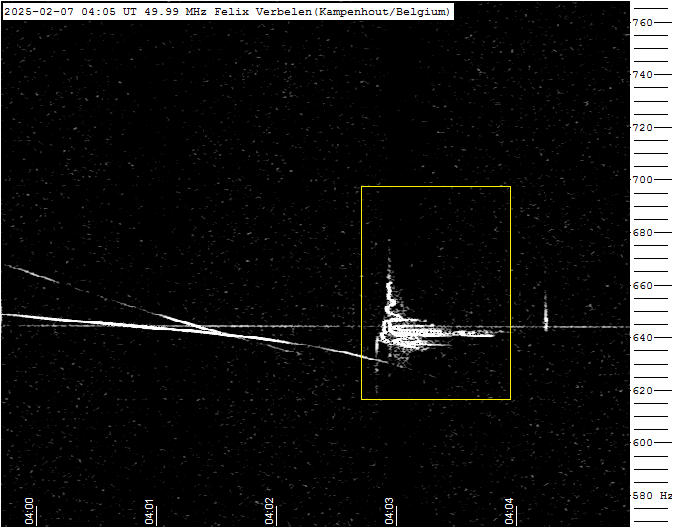
Figure 4 – Meteor echoes February 7, 04h05m UT.
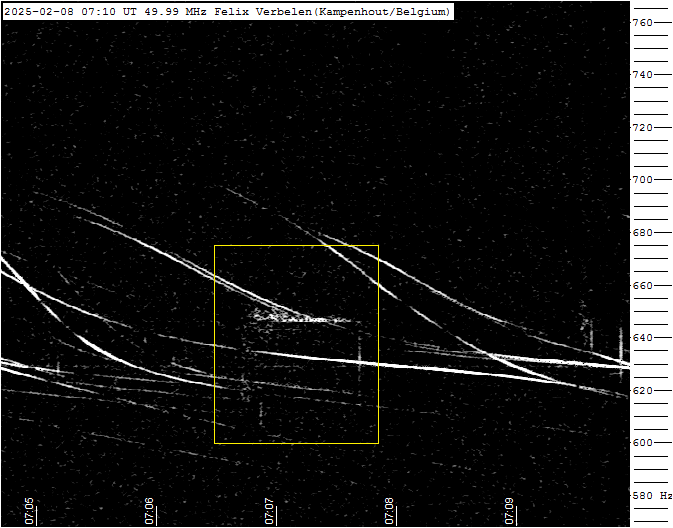
Figure 5 – Meteor echoes February 8, 07h10m UT.
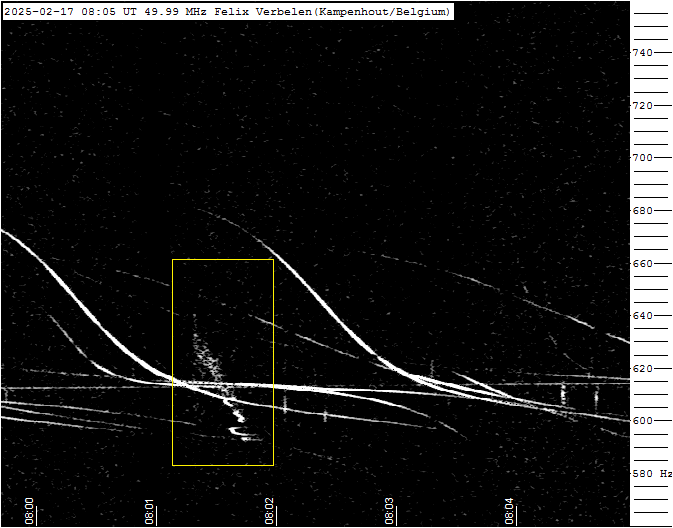
Figure 6 – Meteor echoes February 17, 08h05m UT.
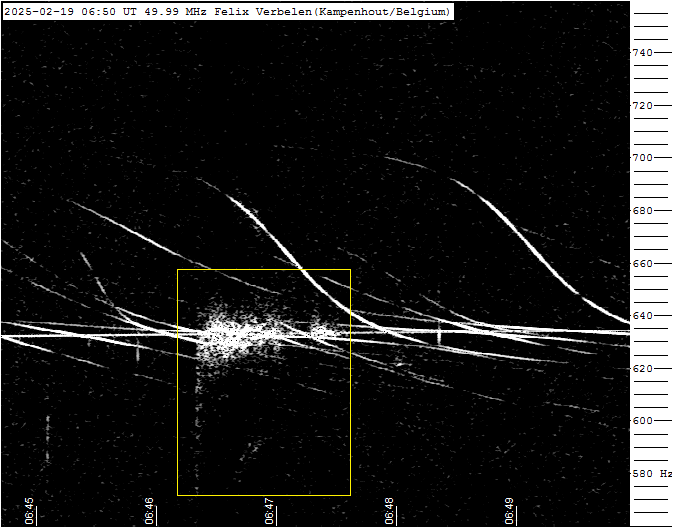
Figure 7 – Meteor echoes February 19, 06h50m UT.
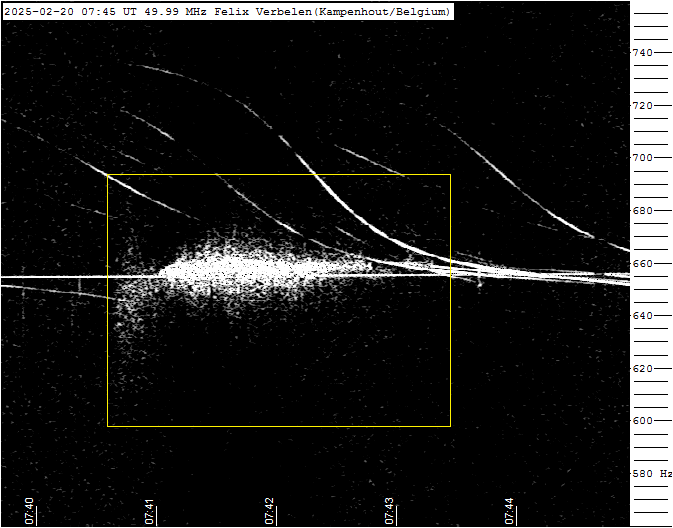
Figure 8 – Meteor echoes February 20, 07h45m UT.

